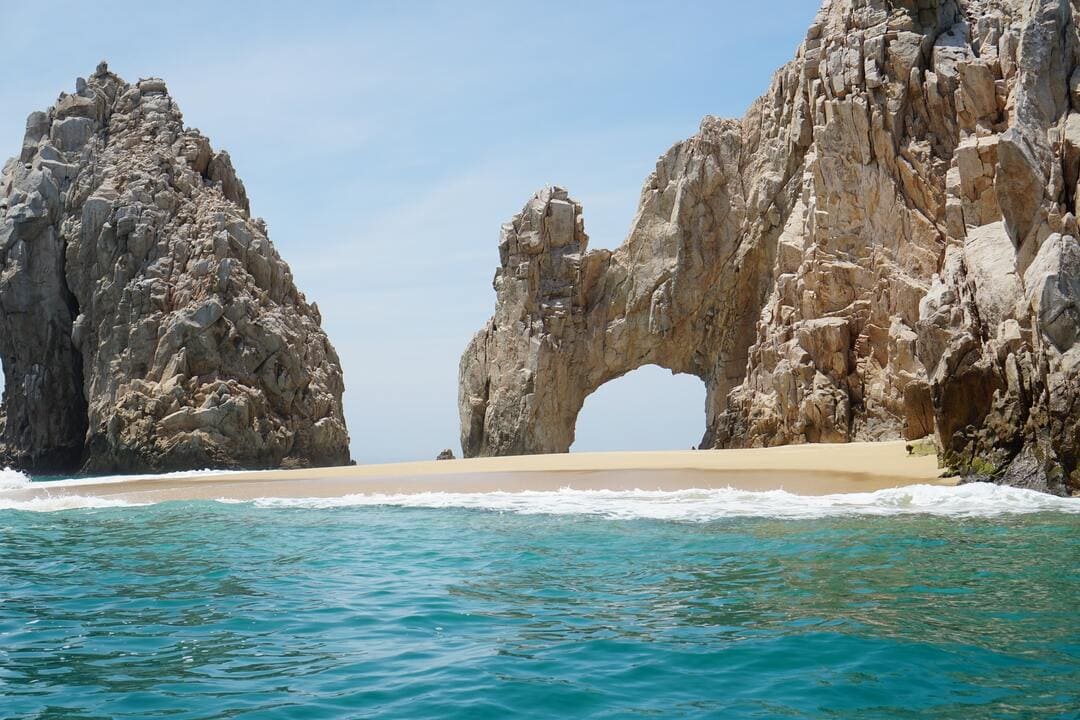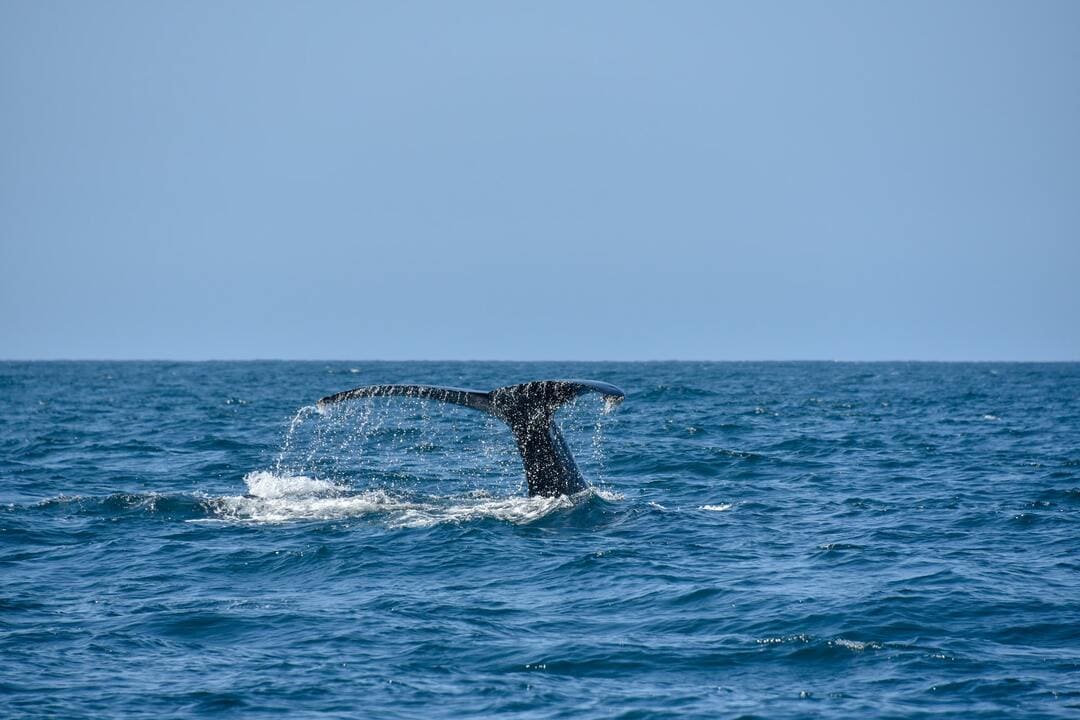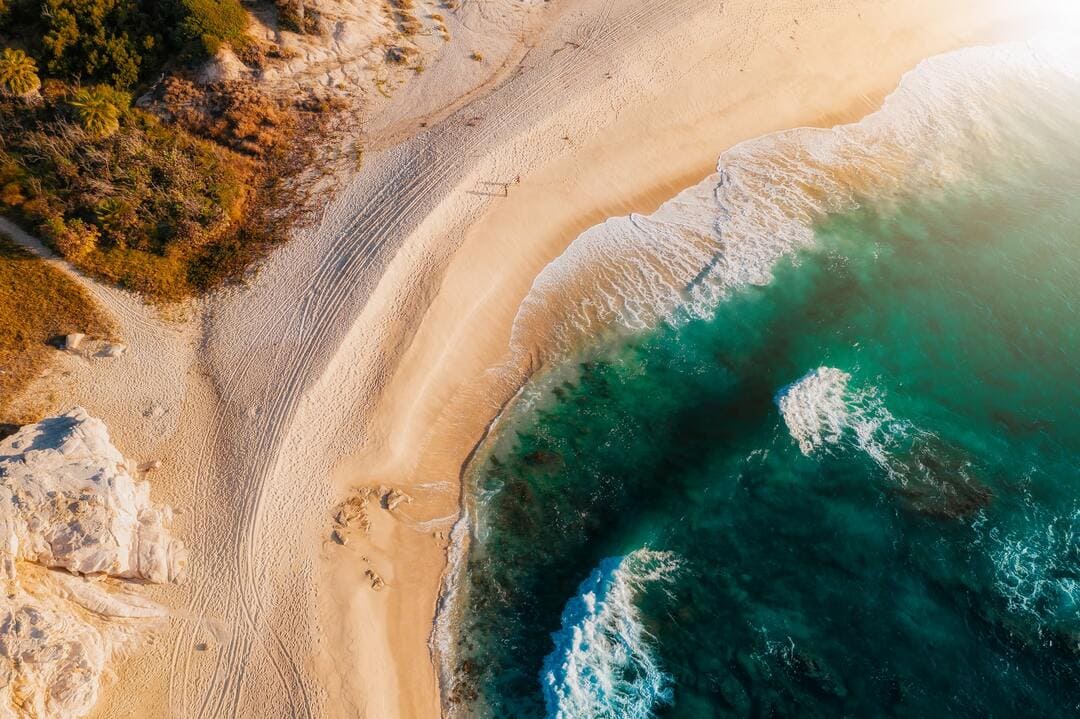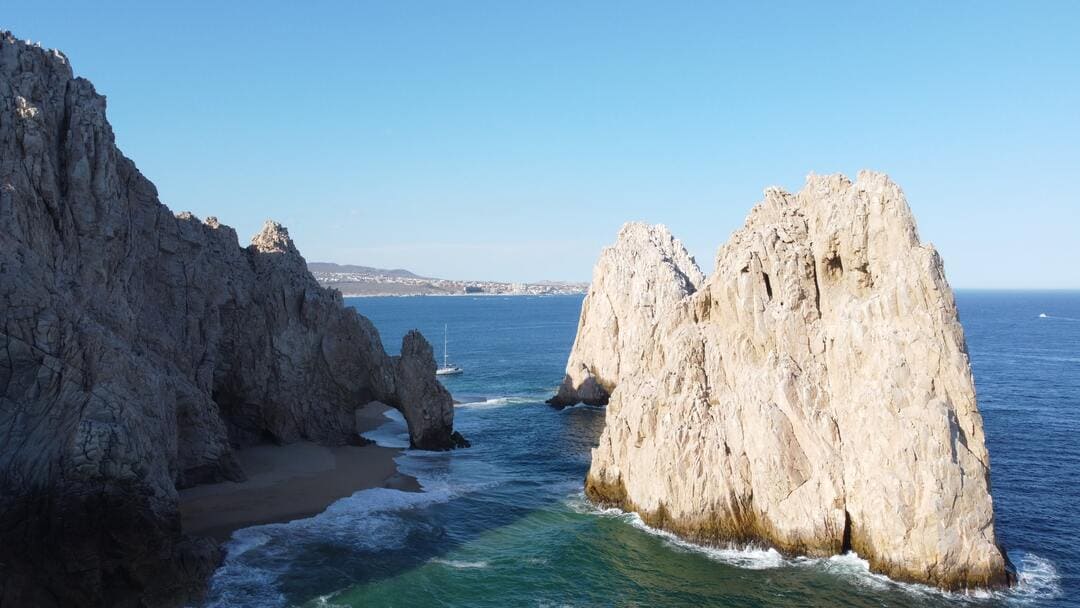
The history of Los Cabos is one of the most impressive and exciting because of its ancient traditions in religion, pirates, and explorers. We can obtain different types of information thanks to the cave paintings near San José del Cabo.
The Pericu
It is said that this fascinating region was inhabited for a long time from the Spanish conquest settling in the peninsula of the Pericú. This indigenous tribe arrived in about 13000 B.C. They used to fish and sail in the ocean and eventually decided to call the region where they settled “Añiutli.”
Unfortunately, this group became linguistically and culturally extinct in the 17th century. What is known about them is due to the records kept during the time of the Spanish conquest.
Conflicts in the Area

In 1535, the area was visited by Hernán Cortés, while its port was known as San Bernabé and Aguada Segura because it was used as a refuge for galleons returning from the Manila route.
This place received many pirate arrivals and whalers within this same period, including interesting legends explaining how they robbed ships loaded with merchandise and probably hiding treasures. These stories may not be entirely accurate, but in the end, they made fishing one of the main economic activities in the area.
In 1697, Spain sent Jesuit priests on missions to establish a permanent settlement in Los Cabos throughout the 17th century. For 100 years, there were various struggles between colonizers and natives, while the main factor that led to these battles was the Jesuit Father Nicolás Tamaral, who founded the Mission of San José del Cabo in 1730. The plan was not as successful as they had hoped because the missionaries carried diseases that eliminated many of the population.
The Peace Arrive

In 1822, Mexico’s independence was proclaimed for the second time in Baja California in San Jose del Cabo by Fernando de la Toba. Twenty-five years later, the defense of Mexican territory took place in the same region during the U.S. invasion, where Lieutenant Antonio Mijares was killed recognizably and heroically. After this invasion, peace arrives at San Jose del Cabo.
In 1928 San José del Cabo became the municipal seat of Los Cabos. At the beginning of this century, Los Cabos was made known by people looking to settle down with fishing yachts and by constructing a tuna baler, which ended its production in 1960, making tourism one of the best-known places world.
Los Cabos at Present

The End of the Earth is a famous granite rock formation that has become one of the most famous places in history and tourist terms of Cabo San Lucas, located on the Baja California peninsula to represent the place where the land ends and meets the sea.
Cabos San Lucas has become an essential center for sport fishing (especially the Marlin), attracting different fishers worldwide and tourists to appreciate incredible whale watching.
Today we can contemplate this wonderful place due to its significant influence and colonial architecture, just as we can enjoy the best tourist activities offered by the area: visit its beautiful beaches, tours, boating, swimming with dolphins, diving and sportfishing.
Tell us, What is your favorite moment in the history of Los Cabos?
